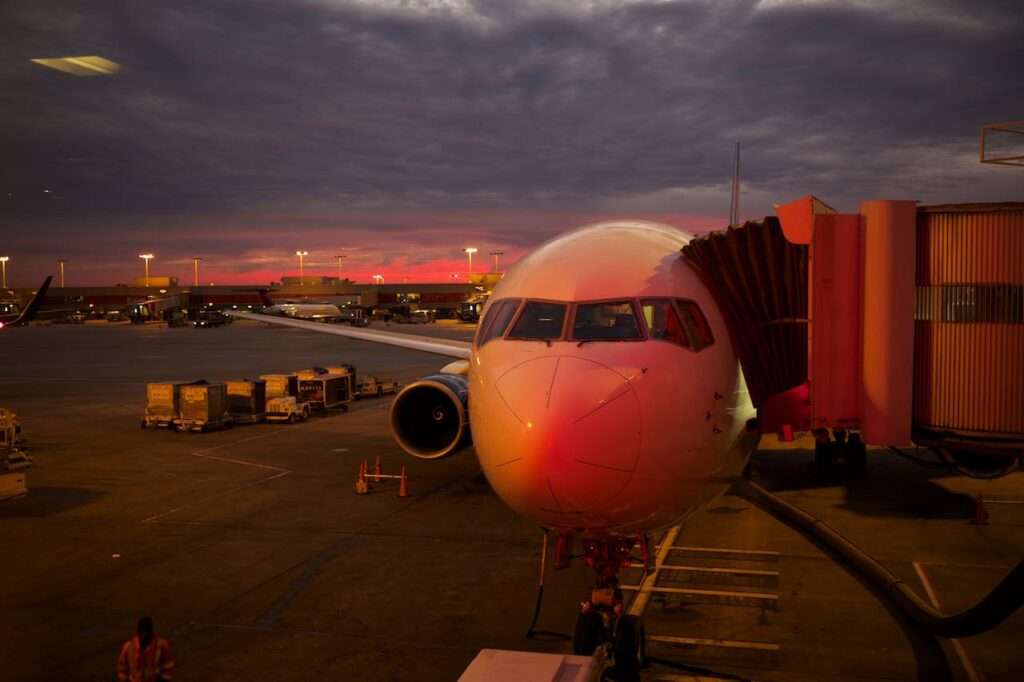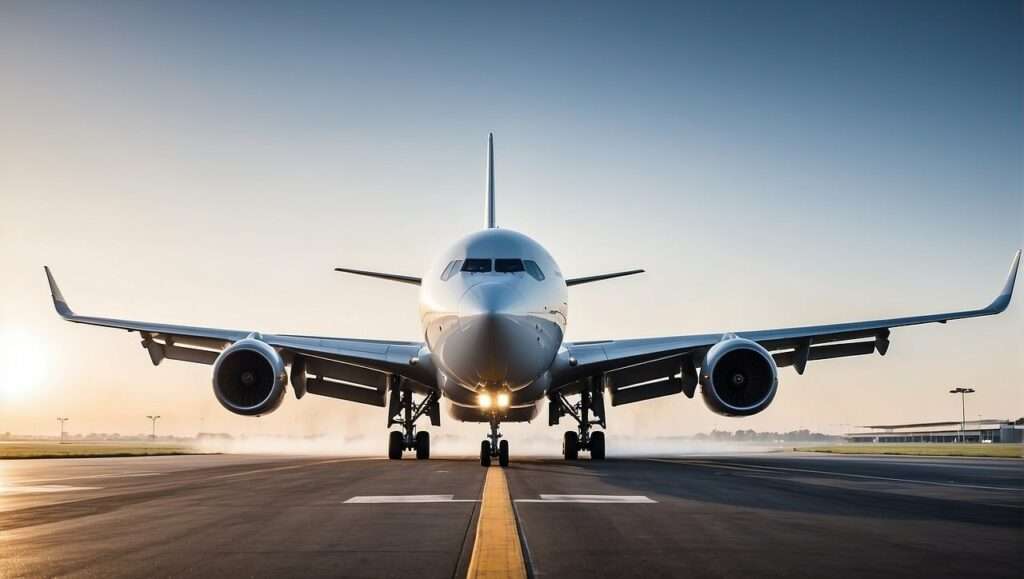The International Air Transport Association (IATA) reports positive news for air travel in May 2024. Passenger demand surged 10.7% compared to May 2023. Overall, airlines filled a record 83.4% of their seats, however air traffic issues caused problems in some regions.
This growth trend seems likely to continue, with early peak-season bookings up nearly 6%. Travelers can look forward to a busy summer, but potential disruptions caused by Air Navigation Service Providers (ANSPs) could cast a shadow.
A Banner Month for Air Travel
The May 2024 figures paint a rosy picture for the air travel industry. The 10.7% year-on-year increase in passenger demand signifies a strong recovery from the pandemic’s impact.
This is further bolstered by the record-breaking 83.4% load factor, indicating airlines are efficiently matching capacity with passenger volume.
Early bookings for the peak summer season, up nearly 6%, suggest this momentum is unlikely to slow down soon.
Travelers eager to reconnect with loved ones or explore new destinations can breathe a sigh of relief – airlines are gearing up for a bustling few months.
Air Traffic Performance: A Potential Bottleneck
While the overall picture is positive, a potential hurdle lies ahead. Willie Walsh, IATA’s Director General, raises concerns about the performance of Air Navigation Service Providers (ANSPs).
These organizations are responsible for ensuring the safe and efficient flow of air traffic. However, recent delays highlight potential shortcomings.
Delays totalling 5.2 million minutes were recorded in Europe before the peak season even began. There were also significant disruptions in the United States during the US Memorial Day weekend.
ANSP inefficiencies resulting in air traffic delays can significantly impact travel experiences. Delays translate to longer journeys, missed connections, and frustrated passengers.
Airlines strive to deliver a smooth travel experience, but their efforts are hampered by ANSP limitations.
IATA emphasizes the need for improved ANSP performance to accommodate the rising demand and prevent disruptions during the peak summer season.

Regional Growth: A Mixed Bag in May
Looking at specific regions, a diverse picture emerges. Asia-Pacific airlines continue to lead the charge, boasting a remarkable 27% increase in demand.
This region also holds the highest share (42%) of industry growth and a healthy load factor of 81.6%. European carriers are not far behind, experiencing an 11.7% demand increase with a load factor of 84.7%.
The Middle East also air traffic witnessed growth (9.7%) with a load factor of 80.7%. This region offers some interesting developments.
Notably, Asian routes to the Middle East are up a significant 32% compared to 2019, potentially reflecting shifting travel patterns.
Additionally, the Europe-Middle East route is reversing its historical decline, with April-May RPKs increasing for two consecutive years.
While the full impact of the Russia-Ukraine war on these trends remains unclear, it’s worth monitoring in the coming months.

North America, despite experiencing an 8.1% demand increase, is the only region to see a dip in load factor (down to 84%).
Latin America, on the other hand, stands out with the highest load factor (85.1%) and a robust 15.9% demand increase.
Finally, Africa witnessed the fastest load factor growth (72.3%) alongside a 14.1% demand increase. However, it’s important to note that Africa still has the lowest overall load factor, indicating room for further expansion.

Looking Ahead
The air travel industry is on a positive trajectory, with strong passenger demand and airlines efficiently managing capacity.
However, the onus lies on ANSPs to step up and ensure smooth operations. Collaboration between airlines, ANSPs, and relevant authorities is crucial to guaranteeing a seamless travel experience for millions of passengers this summer.
By addressing potential bottlenecks and optimizing air traffic management, all stakeholders can work together to ensure a successful peak season and continued growth for the air travel industry.

Click the banner to subscribe to our weekly newsleter.

Click the photo to join our WhatsApp channel so then you can stay up to date with everything going on in the aviation industry!

